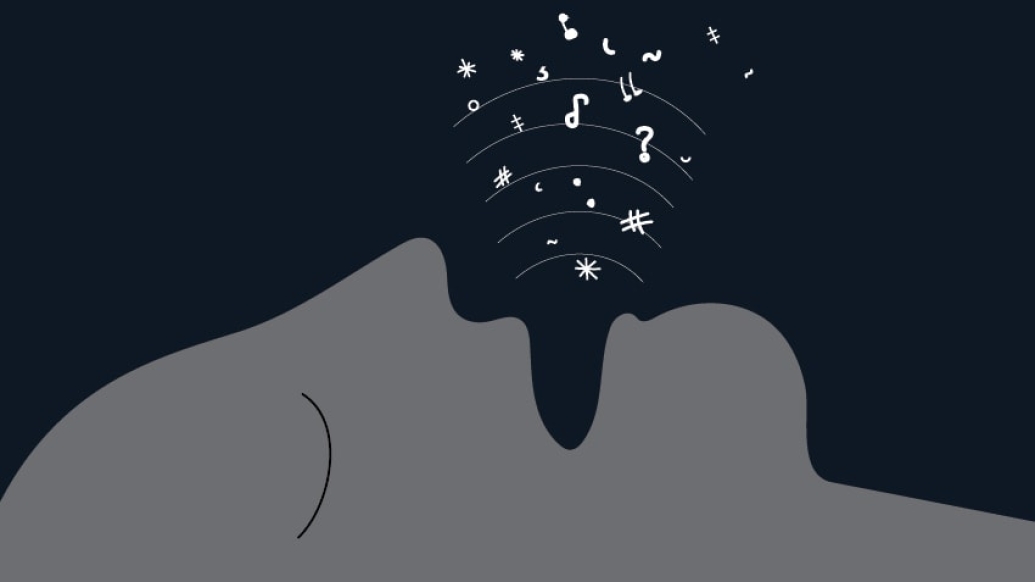Updated best practices for diagnosing obstructive sleep apnea can help doctors better decide the right option for each patient.
7:00 AM
Author |

Physicians use various tools and metrics to determine whether a patient has obstructive sleep apnea. And, because patient symptoms and the effectiveness of some tests vary, confirming OSA isn't a precise science.
MORE FROM THE LAB: Sign up for our weekly newsletter
That's why the American Academy of Sleep Medicine recently updated its clinical practice guidelines to ensure greater consistency in evaluation and treatment — no matter a professional's discipline or location.
The changes, published in March in the Journal of Clinical Sleep Medicine, still serve the same purpose.
"It gives physicians comprehensive recommendations when they're evaluating patients and diagnosing and treating them," says Neeraj Kaplish, M.D., an assistant professor of neurology and medical director of the Sleep Lab at Michigan Medicine's Sleep Disorders Center. "And they can rely on these guidelines to make sure they're providing evidence-based care."
He explained the particulars of the updates and why they matter.
Don't use generic surveys to make a diagnosis
Some doctors may use questionnaires or predictive algorithms (such as the STOP BANG test) to gauge a patient's OSA risk. Those methods may be helpful in identifying a potential problem but aren't nearly thorough or specialized enough to make a formal verdict.
Says Kaplish: "There's no substitute for a comprehensive sleep evaluation: a detailed history-taking and determining whether the patient has any other medical disorders." Further diagnostics, if warranted, will follow.
Let healthy patients choose their test
Patients who doctors consider "uncomplicated" — that is, having OSA criteria such as loud, habitual snoring and gasping or choking while asleep but no other major health concerns — have a choice. They can go to a clinic for a polysomnography (PSG), an overnight sleep study using sensors to measure airflow, respiratory effort, brain waves and many other functions. "It's the gold-standard test," Kaplish says.
SEE ALSO: If A Child Snores, Is Surgery the Answer?
The other option: a sleep apnea home test. A more cost-effective route, it also can offer added comfort and convenience for subjects who don't want to spend the night in a clinic.
Know the limits of home testing
Because a subject must affix the equipment — a finger oxygen probe, a chest belt and a nasal tube — at-home testing carries the risk of user error. And the tests measure only breathing, not sleep, like PSG does. As a result, "If a home sleep apnea test is inconclusive, that doesn't mean you don't have sleep apnea," says Kaplish.
Previously, doctors (and insurers) might require a second or third negative home test prior to approving a PSG test. That has changed: Practitioners should proceed directly to a clinic-based sleep study after a single negative home test, the new guidelines say.
Health complications must be considered
Those with certain existing health issues such as severe insomnia, cardiorespiratory disease or a history of stroke shouldn't test themselves. The reason is twofold: Not only do these individuals need the most-precise OSA screening, but also the clinic option allows close monitoring and, if needed, intervention — things less likely to occur if the test takes place in a patient's home.
Notes Kaplish: "If a patient with significant heart disease [taking an at-home test] doesn't follow up, he carries that burden for years to come until he's back in the hospital for bigger problems."
Prepare the patient properly
If the presence of OSA is detected before the halfway point of a PSG, clinicians can wake the patient and apply continuous positive airway pressure (CPAP) therapy to prevent the throat from collapsing. Doing so at this point in the study is known as split-night diagnostic protocol, a move that can help avoid a second clinic visit, saving time and money.
Still, doctors need to prepare patients for the prospect of being woken — and that they could receive this treatment, which involves a breathing machine. Kaplish helps reduce anxiety and disruption by putting on the CPAP mask before a patient falls asleep, regardless of whether it ultimately is used.
Order repeat sleep studies when necessary
Even when proper steps are applied, doctors occasionally are stumped. "If I order a sleep study and it comes out negative, I have to scratch my head and say, 'Wait, I thought this was a slam-dunk case,'" says Kaplish, who notes that about 5 percent of cases may require additional review.
If the results of a PSG fail to indicate the presence of OSA and yet a patient's symptoms persist, there's no reason not to order a second sleep study, the guidelines say. The disconnect could stem from a patient's sleeping position, changes in breathing patterns or the absence of REM sleep during their overnight clinical evaluation.

Explore a variety of healthcare news & stories by visiting the Health Lab home page for more articles.

Department of Communication at Michigan Medicine
Want top health & research news weekly? Sign up for Health Lab’s newsletters today!





